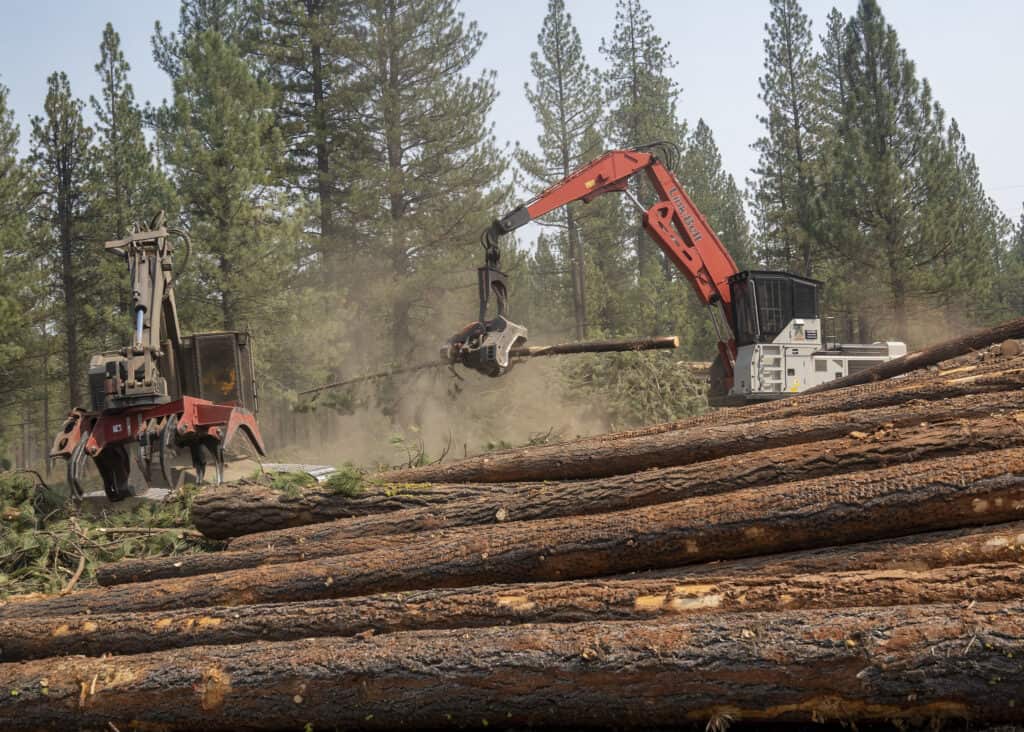
A public comment submitted to the U.S. Forest Service on How to Protect, Conserve, and Manage the National Forests and Grasslands for Climate Resilience.
Main Points
- The United States is in a wildfire crisis. Improving forest health and mitigating wildfire risk will requires active forest restoration.
- The Forest Service should promote collaboration instead of conflict to accelerate the approval of forest restoration projects.
- The Forest Service should increase restoration capacity through partnerships with states, tribes, and private organizations.
- The Forest Service should allow ranchers and conservation groups to voluntarily negotiate where competing interest exist over grazing permits.
Introduction
Large and destructive wildfires are becoming more common across the West. Fires have burned an area larger than the state of Arizona over the past decade, and the impacts are felt across the county. Catastrophic fires cost human lives and destroy homes and infrastructure while also having detrimental effects on the environment.
Wildfires jeopardize wildlife habitat and watersheds and have killed up to a fifth of the world’s remaining giant sequoia trees in recent years. Wildfire smoke is also the largest single source of PM2.5 emissions at 30 percent, yet the Environmental Protection Agency routinely treats wildfires as exceptional events and excludes them from air quality standards.
Fires release quantities of greenhouse gases, including 112 million tons of carbon dioxide in California in 2020—the equivalency of adding approximately 25 million cars to the state’s roads. This record-breaking fire season emitted almost twice the tonnage of greenhouse gasses as the total amount of carbon dioxide reductions made in the state since 2003.
As with any complex phenomenon, no single factor fully explains the decline in forest health or the wildfire crisis. A changing climate has increased the risk of drought and extended the West’s “wildfire season.” A massive jump in the number of people living near or recreating in forests has increased opportunities for human-caused ignitions. But the largest factor, according to a study by Forest Service scientists, is excessive forest density and the buildup of fuels due to decades of failed fire suppression policies.
According to the Forest Service, forty percent of the acres in the national forest system are in need of restoration to address excess fuels, invasive species, disease and insect infestations, and other conservation challenges. When the Department of the Interior’s 54 million acre restoration backlog is added in, the total area needing urgent help is larger than the state of California. The wildfire crisis is the most visible symptom of this problem but it is not the only one. Due to the backlog, many western forests are stocked full with overly dense, unhealthy, and dying stands that provide lower quality habitat, are more vulnerable to insects and disease, and are less resilient to climate change and drought.
To tackle the wildfire crisis fueled by this backlog, the Biden administration has developed an ambitious strategy to significantly increase its forest restoration work over the next decade, including treating an additional 20 million acres of national forest above the business-as-usual rate. Meeting that lofty but critical target will require greater efficiency in the years-long process of developing, approving, and implementing forest restoration projects.
It is encouraging to see the Forest Service prioritize enhanced forest restoration work. The challenge now, however, is overcoming barriers and leveraging partnerships to get that work completed on the ground.



